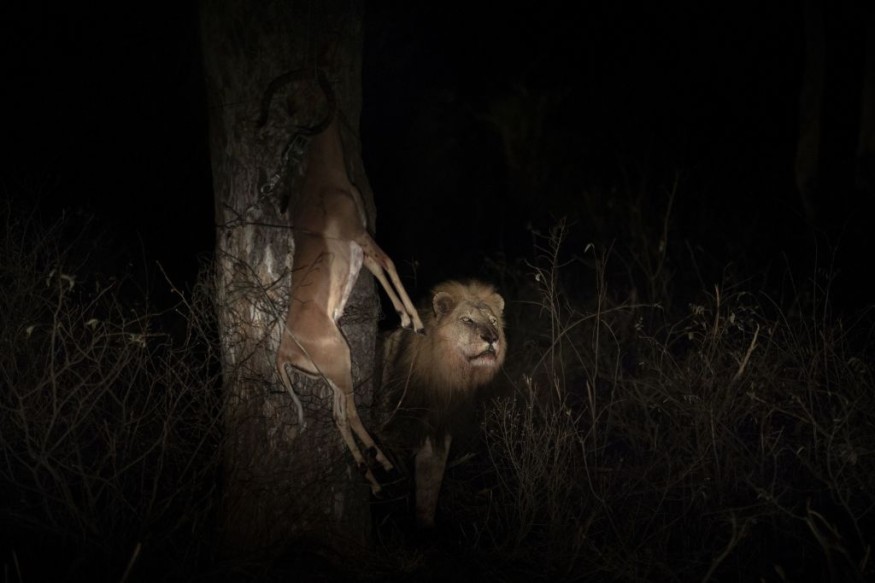
A latest study found that predators are relevant in the society because of their contribution in creating ecological hotspots.
In the study of ecology, predation is described as a biological interaction wherein a predator, or an organism that is hunting, feeds on its prey or the organism that is being attacked.
According to the study, predators are widely recognized for their irreplaceable roles in influencing the abundance and traits of lower trophic levels.
Findings of the study
Further, researchers said predators have irreplaceable roles in shaping community interactions and ecological processes through the use of highly localized pathways, which is irrespective of their influence on prey density or behavior.
It is found that predators are important contributors to ecosystem structure and function through consumptive and non-consumptive effects. Experts explained that consumptive effects occur when predators have a lethal effect on lower trophic levels.
They said that predators, particularly large carnivores, play a significant role when it comes to generating carrion within ecosystems through predation. Researchers explained that predators have a positive effect when it comes to a wide range of scavengers by provisioning carrion.
Carrion is a resource subsidy, which many species rely upon, as a significant food. According to scientists, carcasses could become sites of "fatal attraction," wherein smaller scavengers are killed by larger animals while competing for the same carcass.
"Prey carcasses release a pulse of nutrients into the soil that affect local invertebrate, soil, and plant communities. Individual invertebrates are larger and invertebrate assemblages are different at carcasses compared to adjacent areas," the study indicated.
The study stated that carcasses are continuously deposited within ecosystems through numerous sources of mortality, however, predators have an influence on the timing, spatial distribution, and rates of carcass deposition.
The study further noted that the ecological importance of individual prey carcasses does not necessarily dependent on whether the traits or population density of the prey are substantially altered by the predator.
Ecological hotspots
Scientists explained that once a predator will kill, the carcasses of large prey often become a buffet for other predators and scavengers such as vultures and ravens.
Usually, these scavengers compete for access to the carcass, prompting rage and fierce battles over the rotting, but nutritious, scraps of meat.
Because the carcasses decay, the remaining nutrients from the flesh and bones flow through soils and are absorbed by nearby plants. This will then boost their nutrient content as well as their growth.
Experts explained that animal carcasses are important, however, these are often underappreciated sources of food and nutrients for animals and plants alike.
They said that although animals die and their carcasses hit the ground continuously throughout the entire year from various mortality sources like disease and human hunting, predators such as cougars, bears and wolves have a unique fingerprint on when, where and how many carcasses are generated from them.
The study stressed that it is significant to recognize and understand the full spectrum of roles that predators play in ecosystems so that they can be better managed and that their populations must be conserved.
Related Article : Employing Native Predators in Dealing with Invasive Species
Related Video:
© 2025 NatureWorldNews.com All rights reserved. Do not reproduce without permission.





